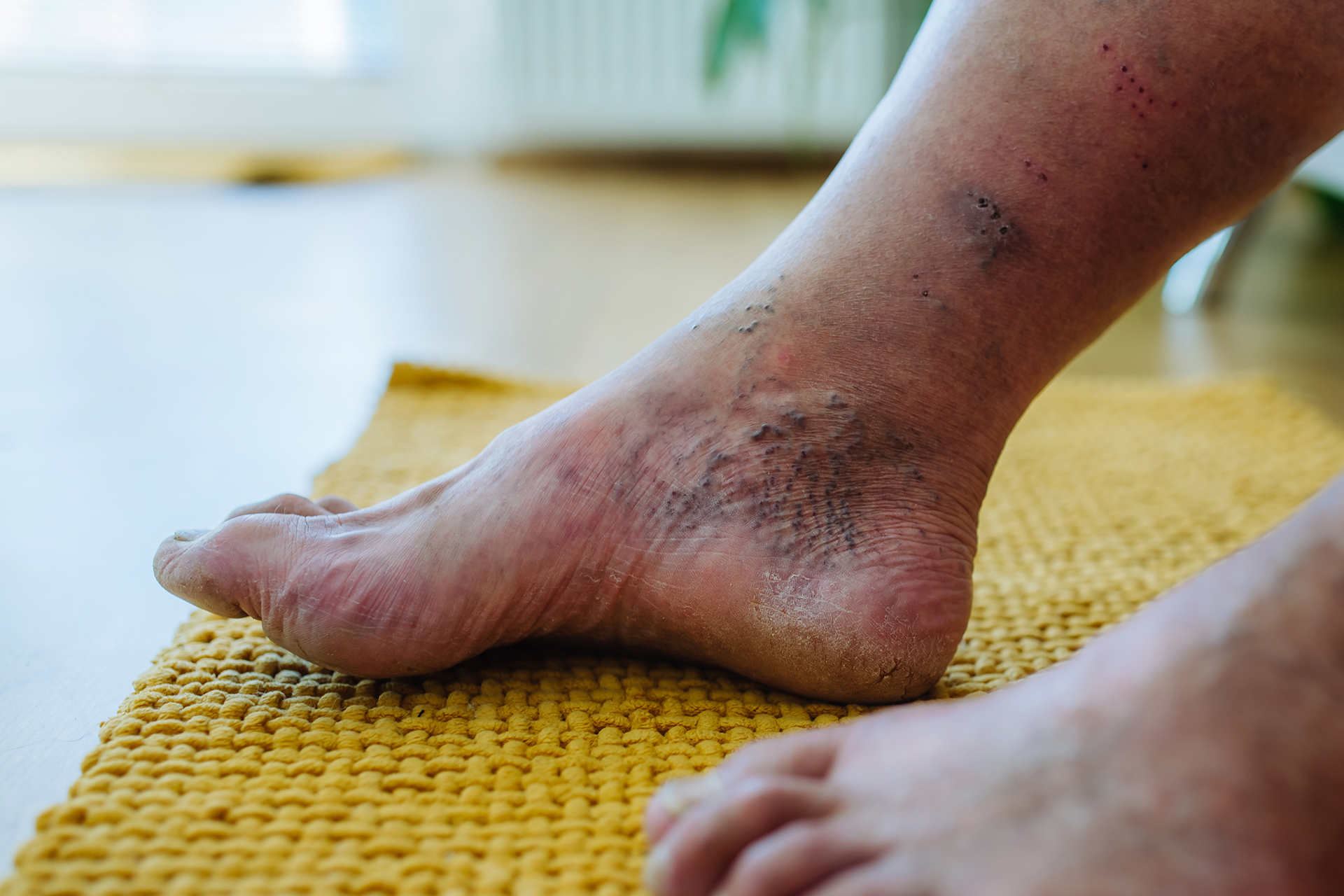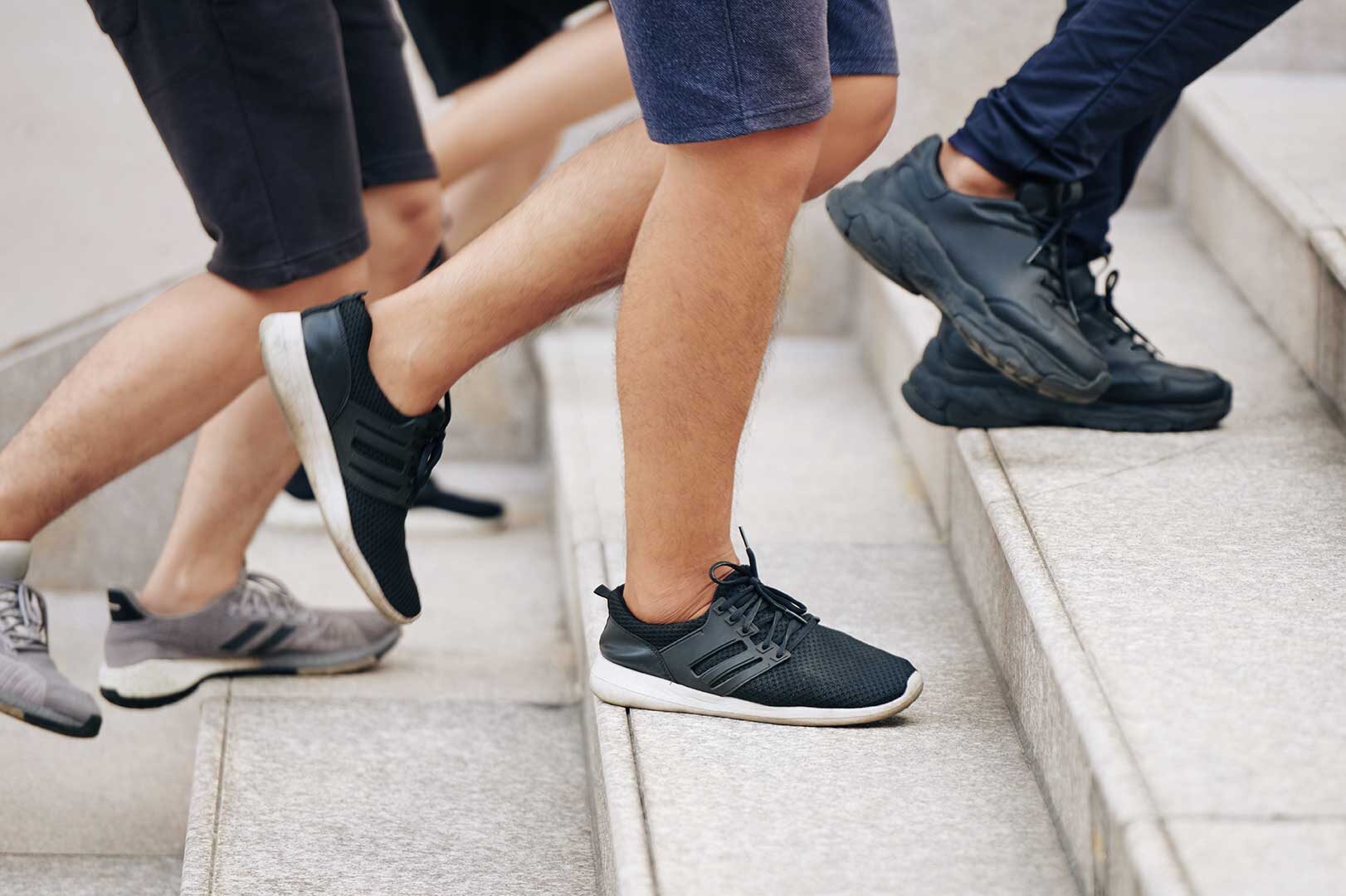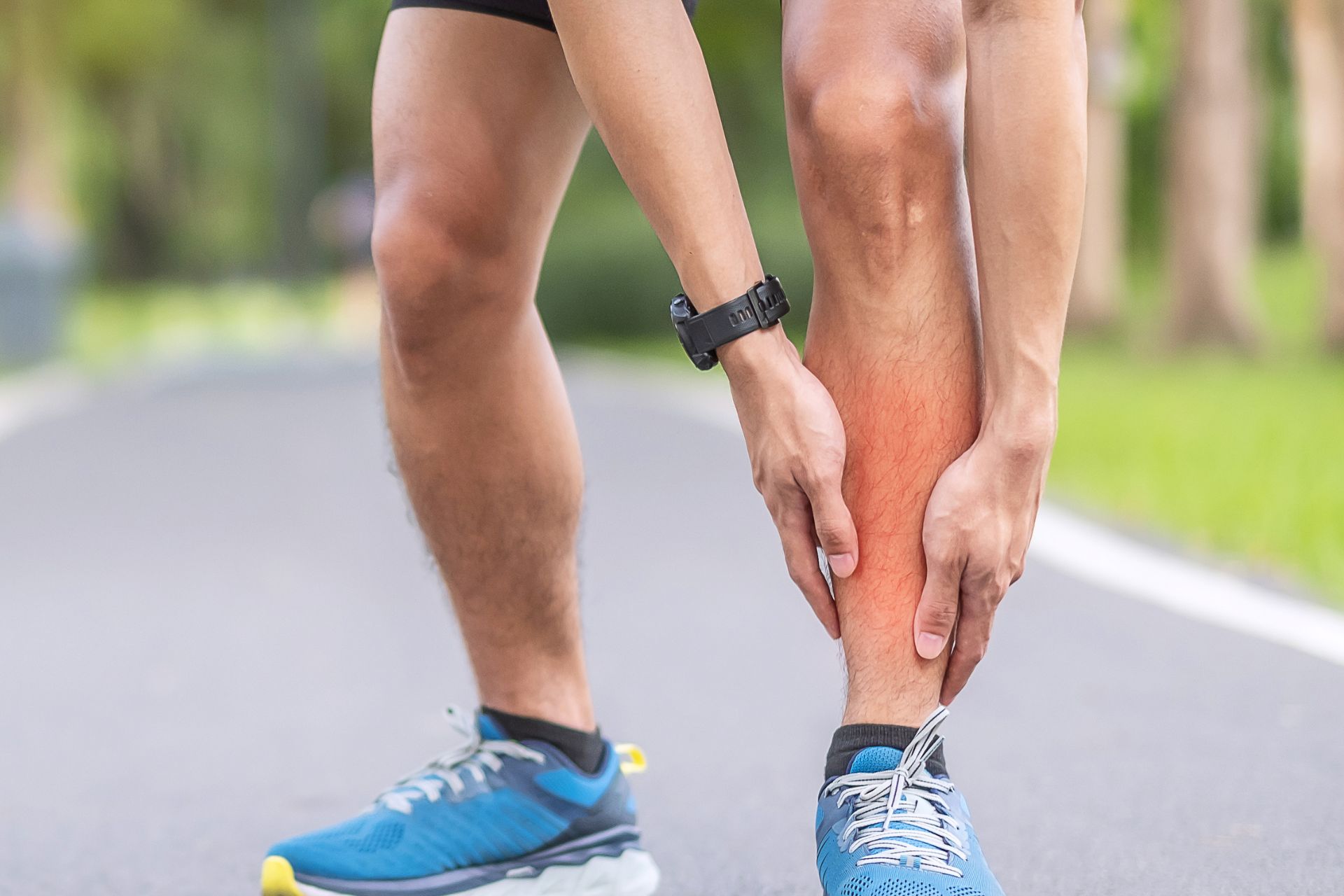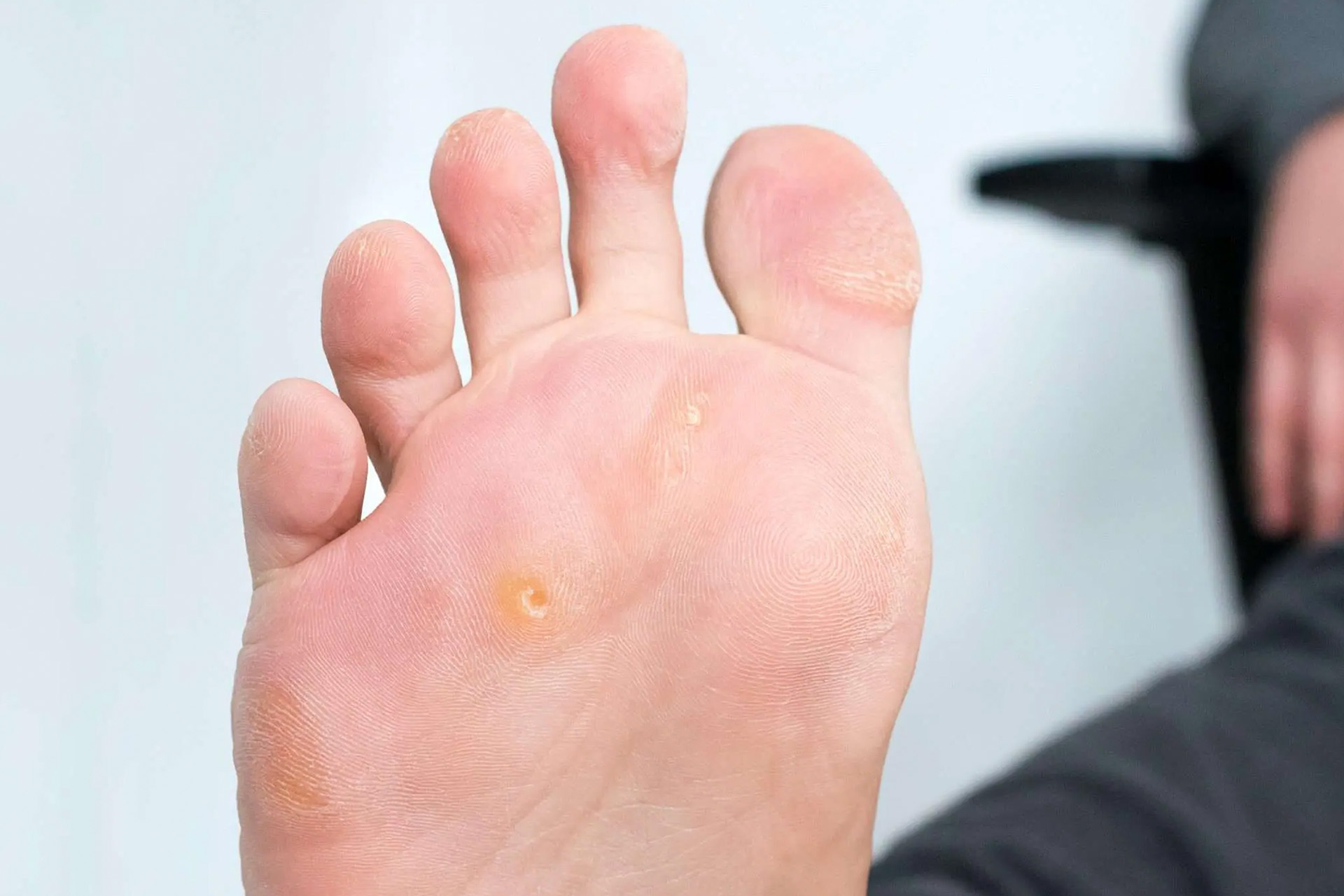Choosing the right footwear is more than a fashion statement. It’s a crucial factor in injury prevention for athletes. The basics of effective footwear selection are finding the right fit. Ill-fitting shoes can lead to discomfort, blisters on the foot from running and perhaps even more severe injuries. Width, length, arch support and toe box room should always be carefully considered to prevent blisters after running.
Understanding the importance of proper shoe fit helps ensure comfort and function. The right shoes can be the first line of defence when it comes to injury prevention. A mismatch between your foot shape and the shoe’s design can exacerbate the friction and pressure, leading to painful consequences.
Knowing your Type of Running Blisters Is Half the Battle
For avid runners, the exhilaration of the pavement, trail, or track is unmatched. However, one of the niggling annoyances that can damper that experience is the formation of blisters. Recognizing the different types can be a game-changer in preventing and treating them effectively.
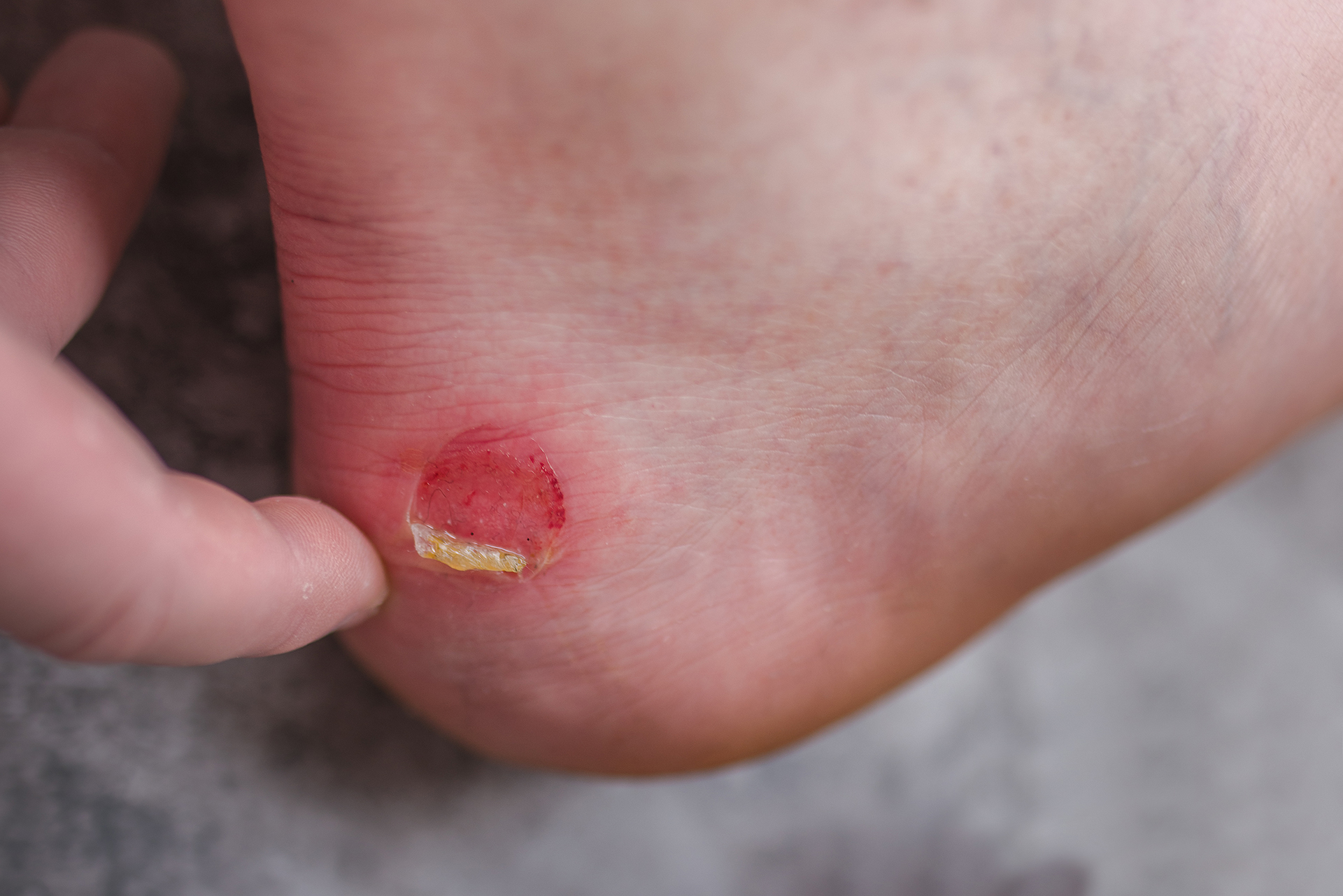
- Edge blisters or blisters on the inside of the feet from running occur primarily from ill-fitting footwear, causing excessive friction at the shoe’s boundaries.
- Heel blister, commonly seen in runners, is often due to shoes that don’t securely hold the heel.
- Blisters on the toes from running typically result from shoes that are too tight, causing the toes to rub against each other or the shoe.
- Running with blisters on the arch can develop when the shoe excessively rubs the foot’s arch, often from improperly fitted insoles.
- Ball-of-foot blisters occur at the base of the toes and can result from high-impact landing or shoes lacking proper cushioning.
Understanding each type of blister, its cause, and the best prevention methods can make all the difference in your pace to help you avoid running blisters. After all, small details like these often make the most significant difference in achieving our running goals and ensuring that every stride is as comfortable as the last.
‘Shear’ Force behind Blisters
Ever found yourself hobbling to the finish line, not because of a twisted ankle or a cramp, but due to a tiny, fluid-filled pocket on your foot? Ah, the blister! It’s the bane of many a runner, a seemingly small adversary, but one that can quickly turn a dream run into an unwanted, painful ordeal.
Let’s get down to the nitty-gritty: why do these pesky blisters form? At its core, the formation of blisters is a simple interplay of biology and physics.
Blisters are nature’s early warning system. They shield deeper skin layers from added harm and shout, “Hey, adjust your stride or shoes!” Think of them as our ancestors’ essential tools for long treks and hunts, ensuring they stayed mobile and injury-free.
Imagine the layers of your skin as sheets of paper stacked on each other. Normally, these layers glide smoothly. Add repeated friction – thanks to those long runs – and these layers start moving in different directions. This opposing motion is termed ‘shearing forces’.
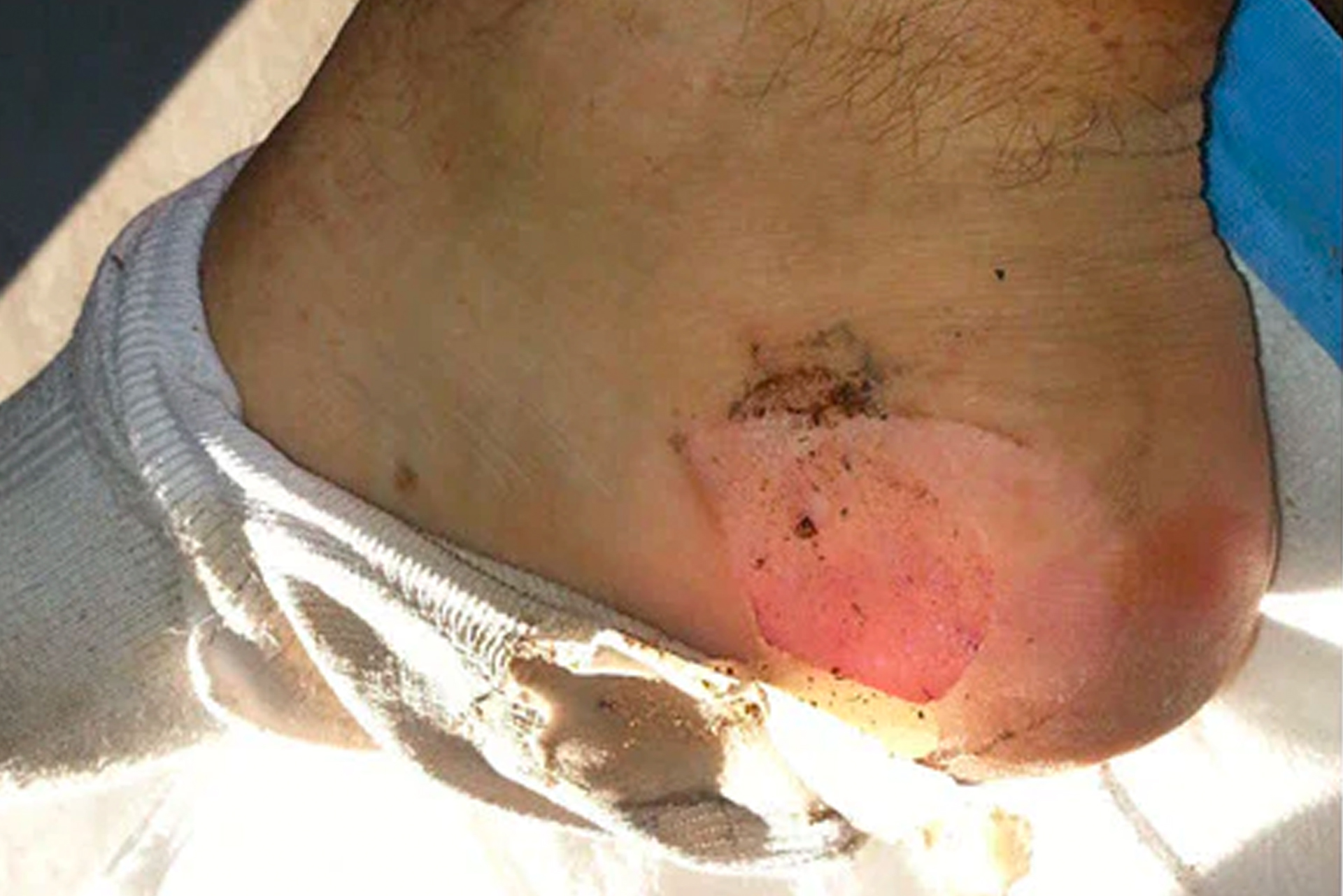
The skin is resilient and can tolerate some friction. However, every individual’s skin has a threshold. When the shearing forces surpass this threshold, things take a turn. The friction separates the skin layers, creating a tiny void filled by your body with lymph fluid, forming a blister.
Informed choices about footwear and technique make the difference between a smooth finish and a painful one. For runners, feeling a blister form mid-race is a familiar but unwelcome sensation. Recognizing this early is key, allowing on-the-fly adjustments to shoes or socks. When that foot tingle hits, you’ll know what to do.
So the next time a blister pops up, give a nod to evolution, and then adjust those laces!
Remember, minor adjustments like a strategic lace-up can significantly impact those weekend-long runs.
How To Treat Blisters on Feet from Running
When you’re pounding the pavement, chasing a new personal record, or tackling that challenging trail, the last thing you want is a blister throwing you off your stride. Runners know that blisters are small, but their impact on performance can be huge. Thankfully, there are a few diverse strategies to keep those pesky blisters at bay.
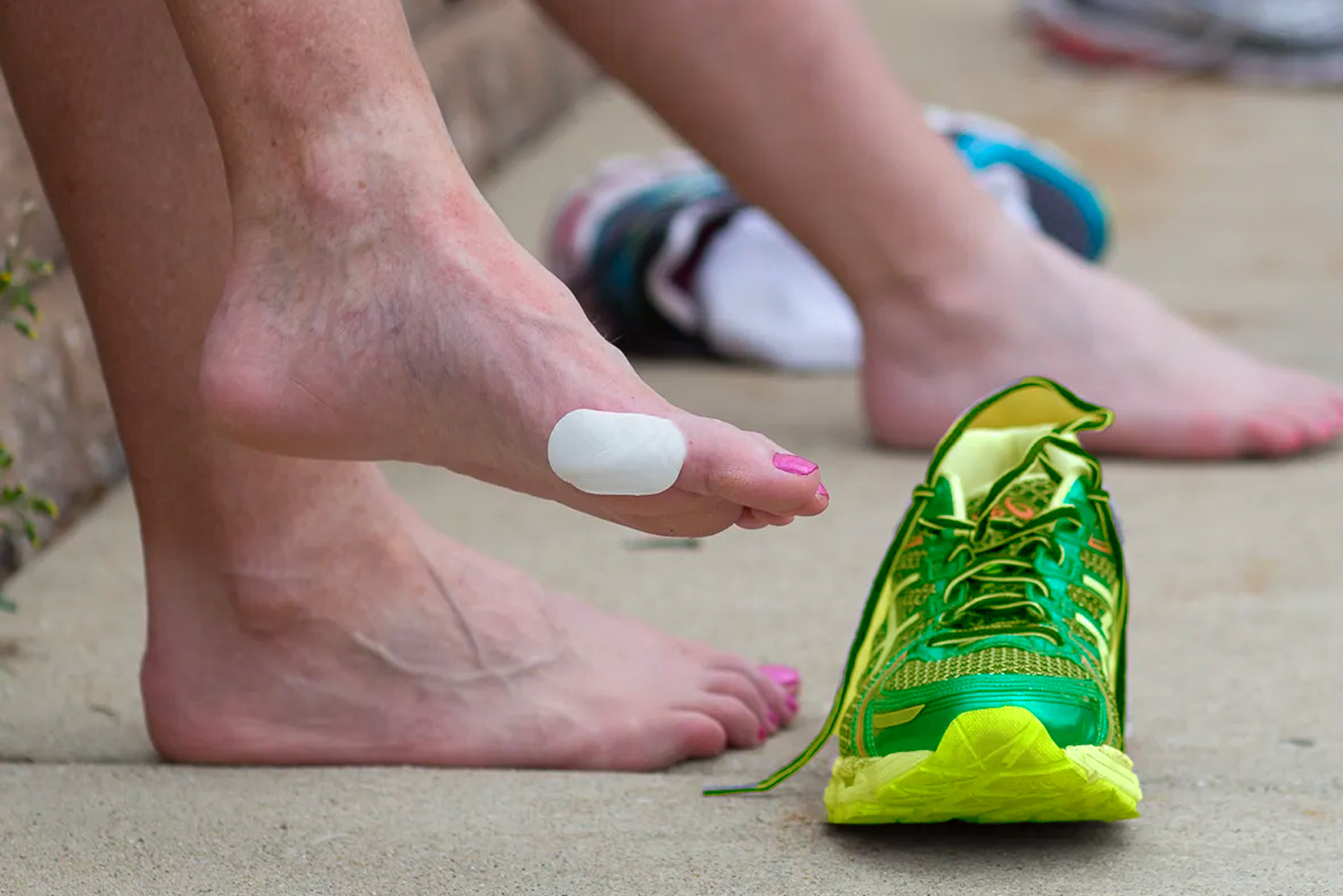
First and foremost, step into a shoe that fits like a dream. That’s your front line of defence. And don’t skimp on socks – opt for moisture-wicking varieties to keep feet dry and friction-free. Pre-run lubricants or foot powder can be a game-changer for blister-prone runners, reducing the shear that often leads to that dreaded hotspot. If you want to add an extra layer of armour, consider anti-friction tape or pads. They’re like a security blanket for your feet.
If you already have a blister, it’s about guarding the tender area with blister pads or cushions to protect it from further irritation.
But if you want to up your blister prevention game, dive deeper with a 3D gait analysis.
Beyond Visual and 2D: 3D Dimensions of Running Wisdom
Runners, let’s face it: we’ve all faced a blister formation, battling it with anti-chafe creams and the most advanced moisture-wicking socks on the market. But here’s a pro tip straight from the cutting edge: 3D Gait Analysis is one of the best running blister protocols, arming you with insightful knowledge of your biomechanics.
Picture a specialised treadmill with high-speed infrared cameras and next-gen sensors, capturing a cinematic view of your stride in glorious 3D. This isn’t just some fancy foot footage — this is beyond a skin-deep dive into your every musculoskeletal pivot, roll and bounce. Think of it as the ultra-marathoner of tech tools.
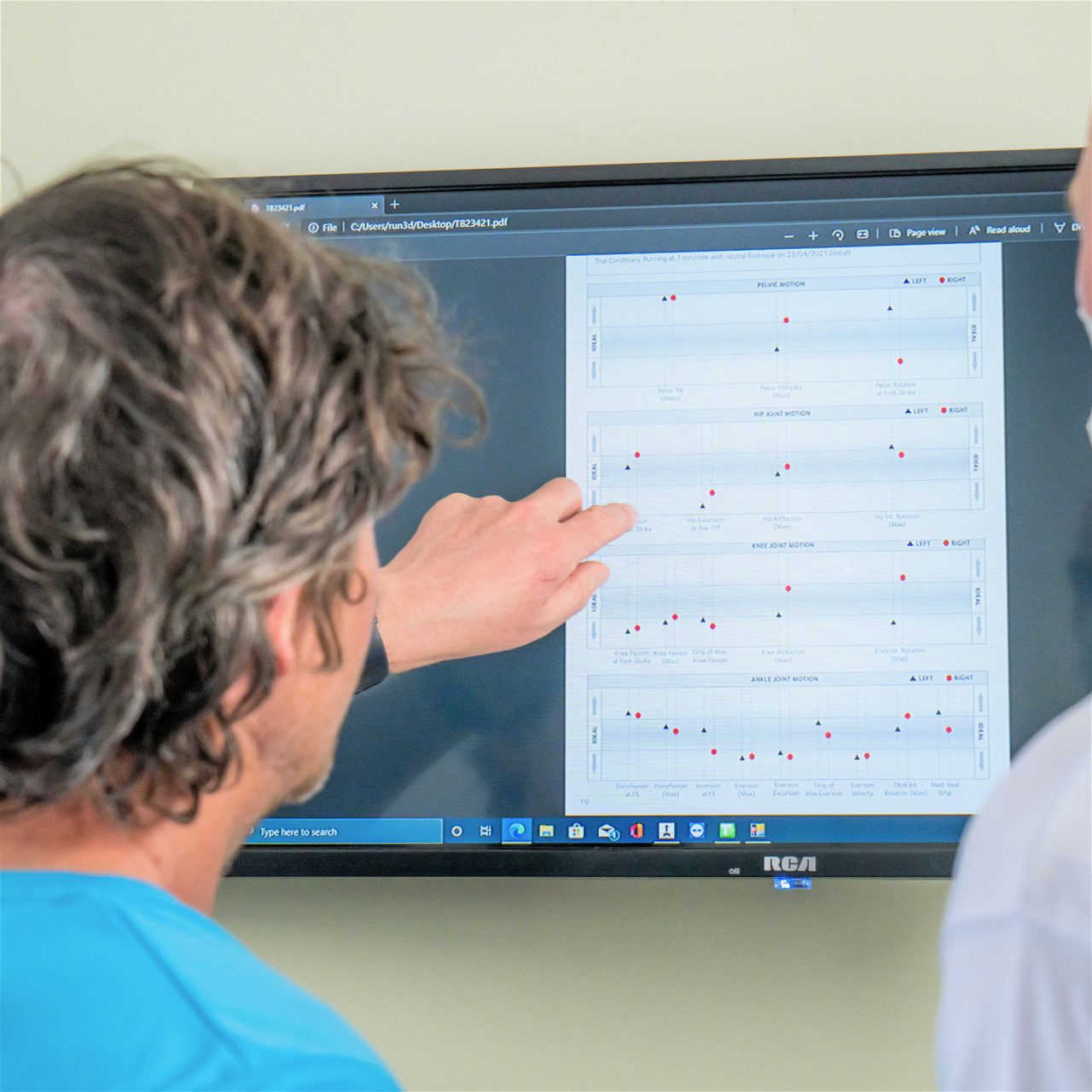
Ever wonder why those recurrent arch blisters aren’t budging? On a surface level, it might seem like a shoe rub or some sneaky sneaker seam, but dive deeper into a 3D gait analysis and discover a revelation. Perhaps it is a tight left hip flexor with your foot rolling inward more than usual, causing unexpected friction in the arch territory.
Here’s where the magic happens: shoe selection. With the detailed data from your 3D gait analysis, you can get past generic shoe advice and zoom in on what truly works for your feet. If you have a slight overpronation, there’s a shoe for that. If you’re landing harder on one foot, there’s a cushioning pattern to address it. Your footwear becomes less about the brand or the style and more about the precise engineering to support your run.
Beyond just foot placement, 3D gait analysis can guide you towards shoes that complement your unique running dynamics. Think tailored support, optimal cushioning, and the best lacing techniques to accommodate your foot’s idiosyncrasies.
So, runners, if those pesky blisters have been slowing down your pace, or if you’ve been curious about truly personalising your shoe game, give 3D gait analysis a go. Knowledge isn’t just power. It’s the difference between how not to get blisters when running to achieve your personal best.
Ready to elevate your stride?
Is Running with Blisters a Good Idea, or Is it Time to Burst That Bubble?
Deciding to run with blisters depends on their severity and pain level. If they’re small and manageable, protective coverings like moleskin might allow you to continue. However, large or painful blisters, especially those from ill-fitting shoes, may warrant rest to prevent infection and allow healing.
Let’s be real: as a dedicated runner, you’re likely to push through regardless of a blister. But is it wise to pop it before your run? Popping a blister before running can expose the raw skin underneath to potential infection; it’s often better to protect it with a bandage or blister pad and let it heal on its own. If you decide to pop it, ensure it’s done sterilised to minimise infection risk.
Mastering footwear selection goes beyond mere aesthetics. By emphasising proper shoe fit, utilising effective lacing techniques, reflecting on past injuries, and addressing root causes, athletes can reduce the likelihood of injuries such as blisters and boost performance. Athletes can confidently chase their passion by adopting these holistic strategies on how to treat blisters on their feet from running, minimising potential setbacks.
We’ll see you on the trails, running not just harder, but smarter!



